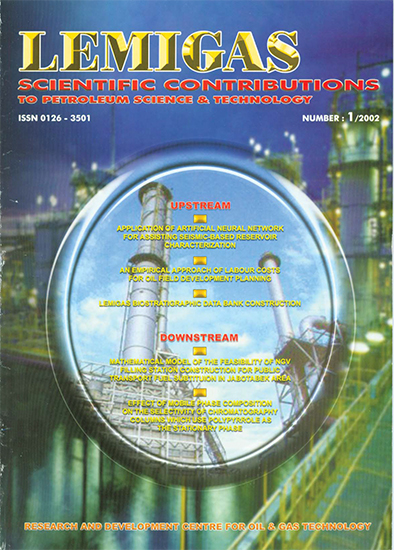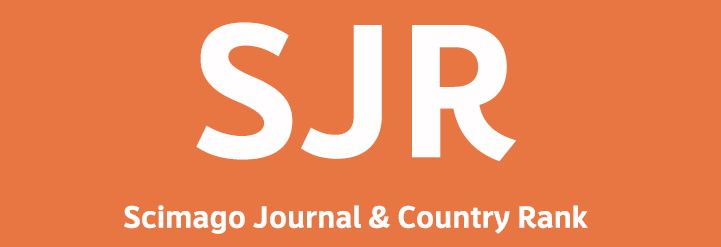Application of Artificial Neural Network for Assisting Seismic-Based Reservoir Characterization
DOI:
https://doi.org/10.29017/SCOG.25.1.879Keywords:
Artificial Neural, Seismic-BasedAbstract
Â
Reservoir rock physical properties, such as porosity and water saturation, always play prominent roles in the development of oil and gas fields. Accurate information regarding their distribution is always desired. For this new approach that uses a purpose, a combination of intelligent computing (artificial neural network or ANN) and rock physics, with a full utilization of core data, well logs and seismic-derived attributes, is proposed. The method is basically an effort to link the required rock physical properties to seismic- derived attributes through the use of rock physics theories. The ANN itself is used to fill the gaps of data array required by the proposed method through its capacity for pattern recognition. The proposed method is applied to a limestone reservoir in East Java. Validation is carried out by comparing the results to the observed data at well locations as well as by geological justification. The application has shown a new potential for supporting reservoir modeling and field development.
References
Bishop, C.M. (1995). Neural Network for Pattern Recognition, Oxford University Press, London.
Bruce, A.G., Wong, P.M., Zhang, Y., Salisch, H.A., Fung, C.C. & Gedeon, T.D. (2000). A state-of-the- art review of neural networks for permeability prediction. APPEA Journal, 40(1), 343-354.
Furre, A.K. & Brevik, I. (2000). Integrating core measurements and borehole logs with seismic data in the Statfjord 4D project. Proceedings, EAGE- SAID Annual Conference "Petrophysics meets Geophysics", Paris 6- 8 November.
Gassmann, F. (1951). Elastic waves through a packing of spheres. Geophysics, 16, 673-685.
Mukerji, T. Avseth, P., Mavko, G., Takahashi, I. & Gonzalez, E.F. (2001). Statistical rock physics: combining rock physics, information theory, and geostatistics to reduce
uncertainty in seismic reservoir characterization. The Leading Edge, March, p: 313 -319.
Murray, R.C. (1960). Origin of porosity in carbonate rocks. Journal of Sedimentary Petrology, 30(1), 59-84.
Vidal, S., Longuemare, P., Huguet, F. & Mechler, P. (2000). Combining geomechanics and geophysics - a need for reservoir seismic monitoring. Proceedings, EAGE-SAID Annual Conference "Petrophysics meets Geophysics", Paris 6 - 8 November.
Widarsono, B. & Saptono, F. (1997). Acoustic measurement in laboratory: a support in predicting porosity and fluid saturation from seismic survey. (in Bahasa Indonesia) Proceedings, Symposium and 5th Congress of Association of Indonesian Petroleum Experts (IATMI), Jakarta.
Widarsono, B. & Saptono, F. (2000a). A new method in preparing laboratory core acoustic data for assisting seismic-based reservoir characterization. Proceedings, extended abstract presented at the 2000 Symposium of Society of Core Analyst (SCA/SPWLA), Abu Dhabi.
Widarsono, B. & Saptono, F. (2000b). A new approach in processing core and log data for assisting seismic-based mapping of porosity and water saturation. Proceedings, presented at the 2000 EAGE Conference, "Petrophysics meets Geophysics", Paris.
Widarsono, B. & Saptono, F. (2001). Estimating porosity and water saturatiom from seismic/acoustic signals: A correction on the effect of shaliness, Lemigas Scientific Contributions, no.1/2001.
Wong, P.M., Taggart, I.J. & Jia critical comparison of neural networks and discriminant analysis in lithofacies, porosity and permeability predictions. Journal of Petroleum Geology, 18(2), 191-206.
Downloads
Issue
Section
License
Copyright (c) 1970 SCIENTIFIC CONTRIBUTIONS OIL AND GAS (SCOG)

This work is licensed under a Creative Commons Attribution 4.0 International License.
Authors are free to Share — copy and redistribute the material in any medium or format for any purpose, even commercially Adapt — remix, transform, and build upon the material for any purpose, even commercially.
The licensor cannot revoke these freedoms as long as you follow the license terms, under the following terms Attribution — You must give appropriate credit , provide a link to the license, and indicate if changes were made . You may do so in any reasonable manner, but not in any way that suggests the licensor endorses you or your use.
No additional restrictions — You may not apply legal terms or technological measures that legally restrict others from doing anything the license permits.














